
What is Hunter Field Target Shooting?13 September 2024 | Air Arms
What is Hunter Field Target Shooting?Have you ever wanted to get involved in air rifle recreational and sporting activities? Perhaps you've dabbled in plinking occasionally or even considered entering some field target competitions. In any case, you've probably stumbled across the term 'Hunter Field Target'. What is Hunter Field Target, you ask? Well, look no further! In this article, we will go through what this activity is, how you can participate, the differences between HFT and FT and what benefits you will gain from participating in this sport. Whether you're a seasoned shooter or a newcomer curious about this unique activity, mastering the art of Hunter Field Target Shooting involves a keen eye, a steady hand, and the right equipment. 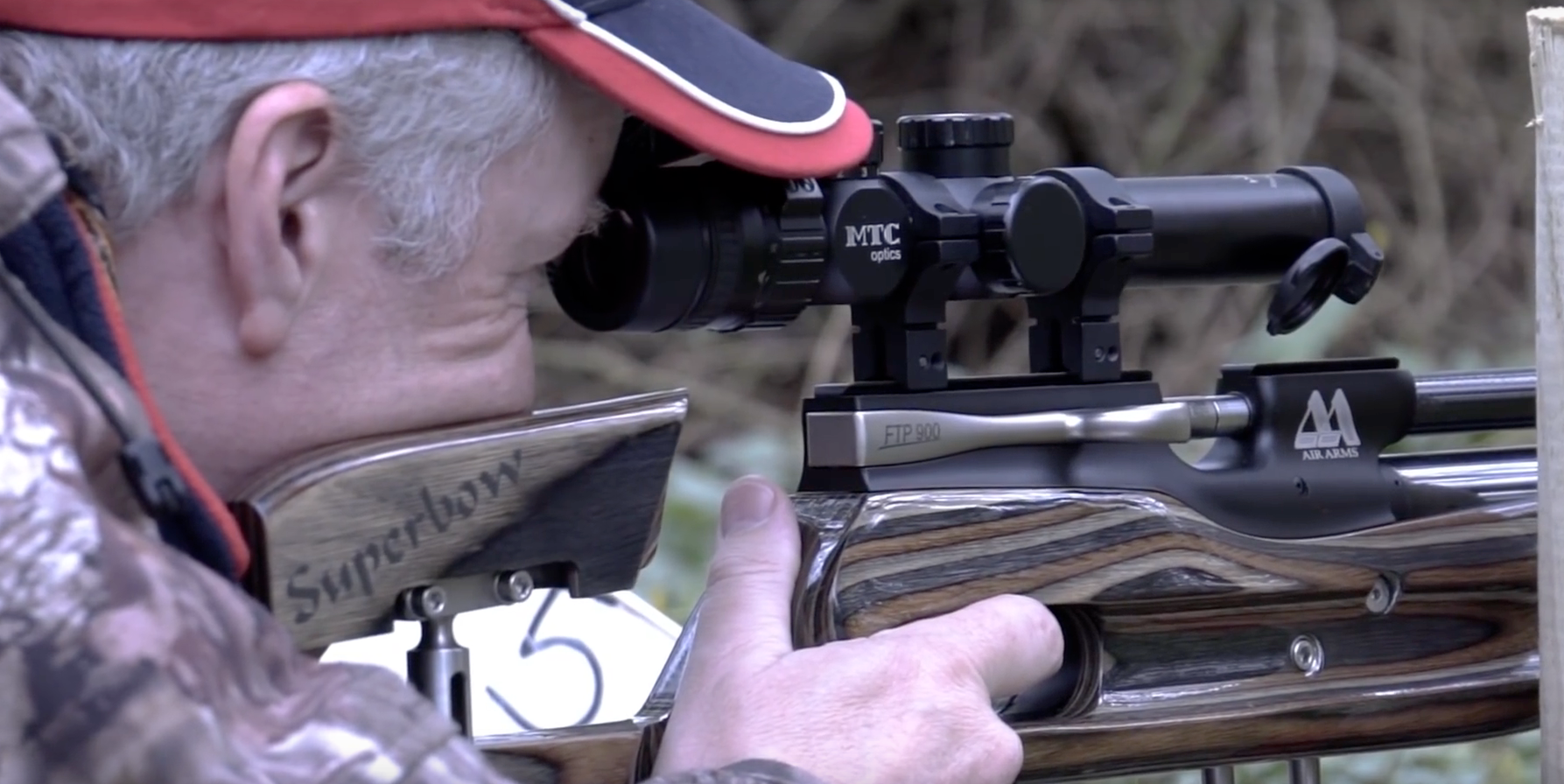 What is Hunter Field target shooting?Hunter Field Target (HFT) is an outdoor shooting discipline similar to Field Target, involving a sub-12ft-lb air rifle to hit targets in woodland or open fields. Hunter Field Target essentially simulates real-life hunting scenarios, allowing shooters to test and improve their skills without the consequences of actual hunting. It's a discipline that combines elements of field target shooting and hunting, typically involving courses with multiple targets placed at varying distances. The appeal of HFT lies in its challenging yet rewarding nature. Participants must navigate a course featuring multiple targets at varying distances, testing their accuracy, patience, and adaptability. Each shot requires careful consideration of factors such as wind direction, target distance, and rifle calibration, making the sport a comprehensive test of mental and physical prowess. What are the rules?In Hunter Field Target Shooting, the rules are designed to simulate hunting conditions and ensure safety. Let's take a closer look at what the rules look like so you can get a better understanding of the sport. Shooting Positions:Shooters typically use a prone position, but other positions may be allowed depending on the course setup. The prone position is a body posture where an individual lies flat on their stomach with their chest down and back up - allowing for greater accuracy when aiming and firing. Targets:The targets on HFT are typically made of metal and are in the shape/silhouette of different types of animals. There is a cut-out shape on each target that represents the 'kill zone'. The aim is to hit the target - with the best outcome being the Killzone shot. Only one shot is allowed per target. Targets are often camouflaged to mimic natural hunting conditions, adding an element of realism to the competition. These targets are equipped with a 'kill zone', a specific area on the target that must be hit for it to fall, simulating a successful hunt. Courses:An HFT competition typically spans a course in natural settings such as woodlands or open fields. The course consists of multiple lanes, each featuring two targets strategically placed at varying distances. There are typically 30 targets on each course. You must hit both targets within a set time limit, often around 2-3 minutes per lane. Range:Shooters are unaware of the target's range and must use techniques to estimate it. Unlike in Field Target (FT), they cannot adjust the scope, including dialling in turrets. Therefore, shooters must apply the correct elevation adjustment, known as a holdover, besides accounting for windage. The range on HFT can be anywhere from 8-45 yards. Scoring:The rules of an HFT competition emphasise fairness and consistency. Competitors must shoot from pre-determined positions, with prone shooting being the most common. One point is awarded for hitting the target, with higher points for hitting the 'kill zone' (two points), which causes the target to fall. Missing the target entirely results in a score of "0," also known as a 'doughnut.' This scoring system underscores the importance of accuracy and precision, encouraging shooters to hone their skills meticulously. Safety:Safety is paramount in HFT competitions. Participants must adhere to strict safety protocols, such as always discharging rifles in a safe direction and ensuring that rifles are only loaded when in position to shoot. Ethical considerations also play a crucial role; competitors are expected to respect the natural environment and wildlife, maintaining the integrity of the sport. By combining challenging courses with strict rules and safety measures, HFT competitions offer a thrilling test of marksmanship and strategy. Whether a seasoned shooter or a newcomer, participants will find both challenge and camaraderie in Hunter Field Target Shooting. 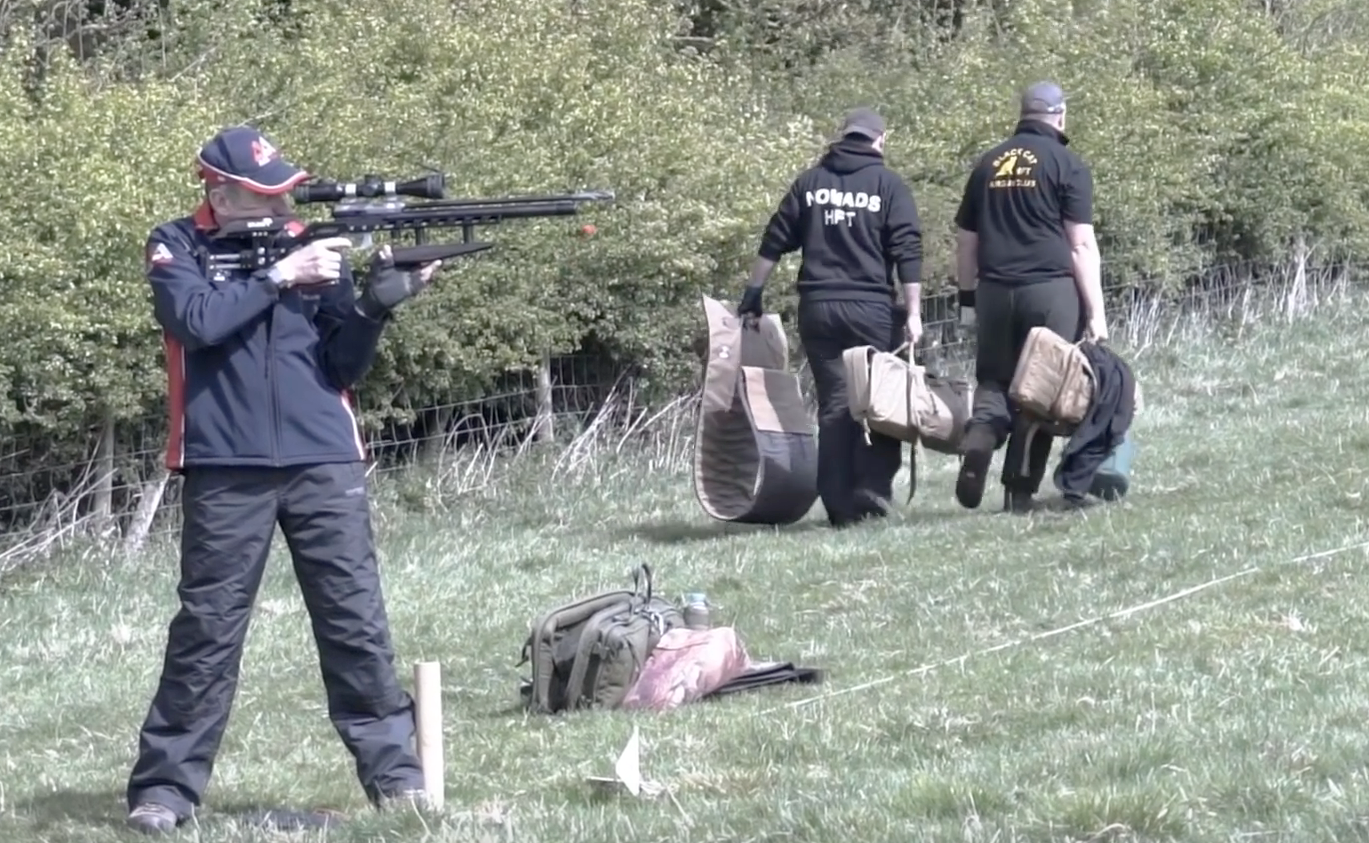 Equipment Used in Hunter Field Target ShootingHunter Field Target Shooting (HFT) requires a specific set of equipment to ensure a safe and successful experience. Here's a breakdown of the essential gear and considerations for choosing and maintaining your equipment. Air Rifles:Air rifles used for HFT must be accurate and reliable. They typically operate with a maximum energy of 12 ft-lb to comply with competition standards. When selecting an air rifle, consider factors such as discipline (standing, kneeling or prone), weight and balance, which can affect your shooting comfort and precision. 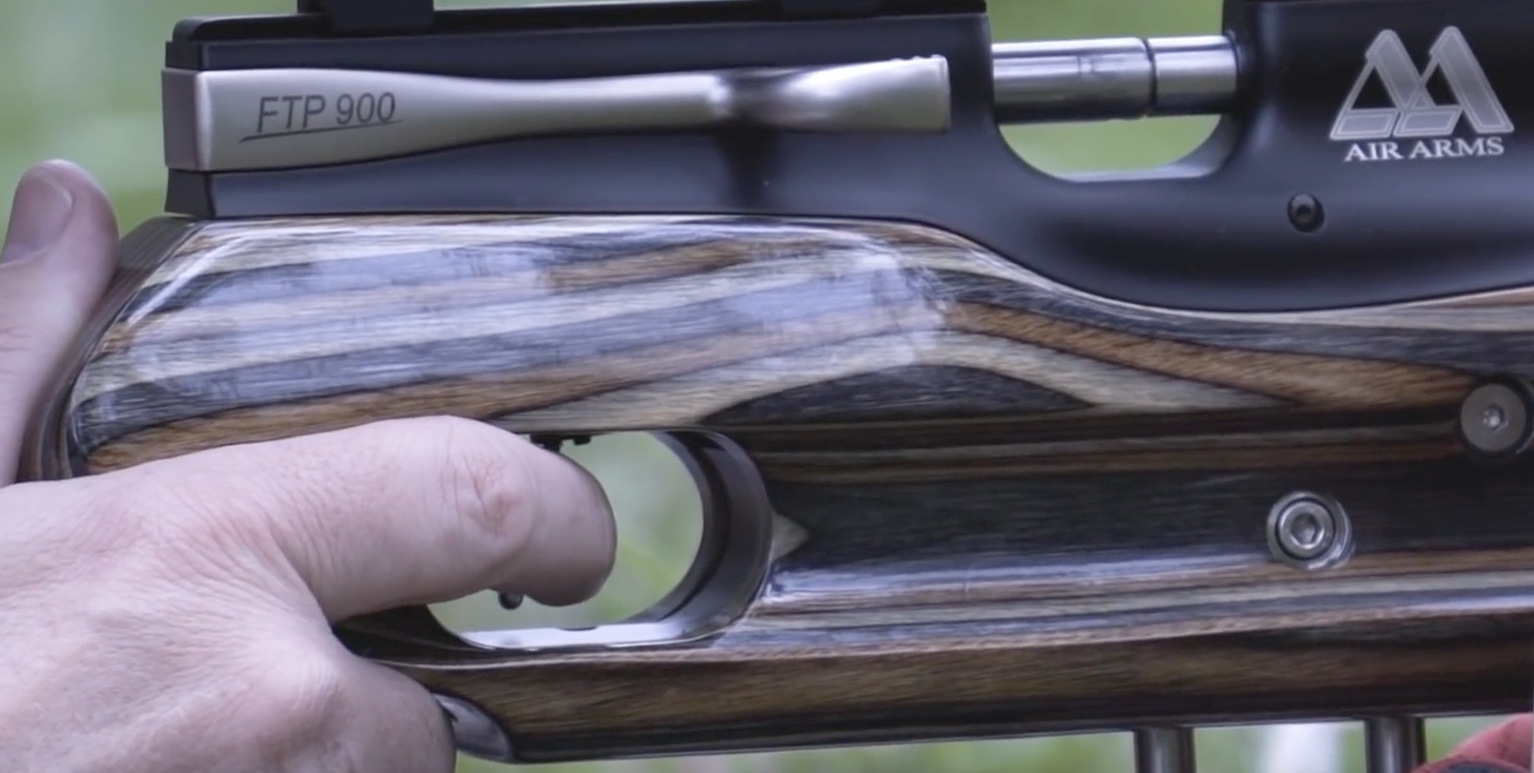 What Air Gun is best?PCP air rifles vs Spring air riflesWhen trying to determine what the best air rifle is for Hunter Field Target, there are a few things to consider - the primary consideration being your experience level. As a beginner, you might start with more entry-level air rifles (like certain spring air rifles) to build foundational skills. Spring rifles are typically less expensive, making them an accessible choice for newcomers to HFT, and the manual operation of spring rifles can help new shooters develop better control and technique. More seasoned competitors might prefer PCP rifles as they offer superior accuracy and shot-to-shot consistency - critical for hitting targets at varying distances. With minimal recoil and no need to manually cock the rifle, PCP rifles allow the shooter to focus more on aiming and technique. Ultimately, the choice should align with your HFT goals, budget and personal preferences. You can learn more about these types of air guns in our article What is an air rifle? Scopes:A good quality scope is crucial for identifying targets and making precise shots. Look for scopes with a multi-aimpoint reticle to help you aim at different yardages. Comparing Hunter Field Target (HFT) and Field Target (FT) Now, you might be thinking that Hunter Field Target (HFT) sounds very similar to Field Target (FT) shooting. That's because they do have similarities - and are both popular disciplines within the airgun shooting community. However, they do offer distinct differences and experiences by their unique rules, equipment, and course layouts. Rules and EquipmentOne of the primary distinctions between HFT and FT lies in their respective rules and equipment specifications. HFT is designed to simulate realistic hunting scenarios, requiring shooters to use air rifles with a maximum power of 12 ft-lb. Using range-finding scopes is typically prohibited in HFT, which challenges shooters to estimate distances by eye, relying on fixed-magnification scopes instead. Conversely, FT allows higher-powered air rifles, often up to 20 ft-lb, and encourages more technical equipment, including changing the scope's magnification. This aspect of FT appeals to those who enjoy the technical challenge of adapting their equipment to varying distances and conditions. Course LayoutsThe layout of courses in HFT and FT also varies significantly. HFT courses are set up to mimic natural hunting environments, with targets hidden in vegetation or placed at various angles and elevations. This setup requires shooters to adapt to the surroundings, often shooting from unconventional positions, enhancing the hunting simulation. FT courses, however, focus on precision shooting over longer distances with targets placed more openly. The emphasis is on accuracy and the ability to judge range and adjust for wind, making it a more technical shooting exercise. Which discipline is best?Well, there is no real answer to this - it just depends on what you want out of it. HFT's challenges are rooted in its simulation of real-world hunting, demanding quick decision-making and adaptability. In contrast, FT challenges you with the technical aspects of long-range shooting. The discipline demands precise adjustments for distance, wind, and elevation, requiring a deep understanding of ballistics and meticulous equipment calibration - which is particularly appealing to those who enjoy fine-tuning their gear and mastering external shooting variables. Ultimately, both HFT and FT offer unique and rewarding experiences, each catering to different aspects of shooting enthusiasm. Whether drawn by the thrill of simulated hunting or the precision of long-range shooting, enthusiasts will find ample opportunities for growth and enjoyment in either sport.
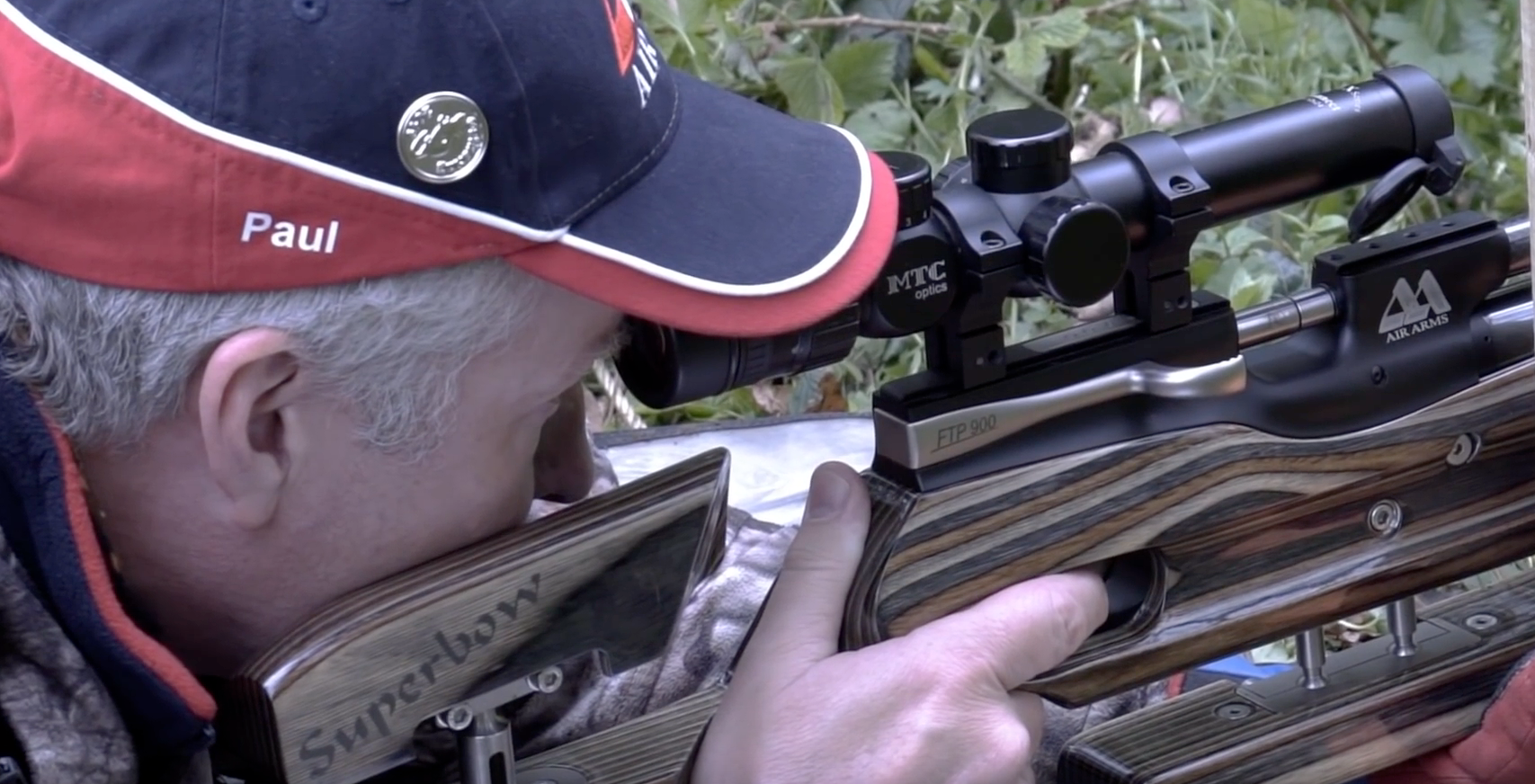 Choosing the Right EquipmentRegulations and Specifications
Maintenance and Upgrades
 Why choose to participate in Hunter Field Target?If you're not already intrigued by HFT, you'll be interested to know that it offers many benefits that attract enthusiasts from all walks of life. Whether you're looking to enhance your shooting skills or spend more time in nature, HFT provides an ideal platform. 1) Skill Improvement and Outdoor EnjoymentParticipating in HFT is a fantastic way to refine your shooting abilities. The sport requires precision, focus, and adaptability, allowing you to develop and improve. With each competition, participants gain valuable experience in target recognition, range estimation, and wind reading—skills that transcend the sport. HFT takes place in beautiful outdoor settings, providing a perfect escape from the hustle and bustle of daily life. The chance to immerse yourself in nature while engaging in a challenging activity is a refreshing combination many find irresistible. 2) Community and CamaraderieOne of the most rewarding aspects of HFT is the strong sense of community it fosters. Shooters often form tight-knit groups, sharing tips, experiences, and laughter as they navigate the course together. This camaraderie extends beyond the competition, creating lasting friendships and a supportive network. 3) Mental and Physical ChallengesHFT is both mentally and physically demanding, offering a comprehensive challenge to participants. Shooters must remain calm under pressure, make quick decisions, and maintain physical stability for accurate shots. This combination of challenges makes the sport immensely rewarding, as each successful shot feels like a personal triumph. So, how do you get started?Embarking on your Hunter Field Target Shooting (HFT) journey can be an exciting and rewarding adventure - but how do you get started? Research and Connect with Local Clubs
Attend a Competition or Event
Get the basic equipment
Practice in a Safe EnvironmentSafe practice is crucial in developing your skills. You can start practising target shooting in a controlled environment in a local range or designated shooting area. Focus on mastering basic shooting techniques, understanding your equipment, and building consistency in your shots. Learn from Experienced ShootersDon't hesitate to seek guidance from experienced shooters - after all, who better to learn from? You can do this by joining a club or attending workshops and training sessions. Many clubs offer coaching for beginners, providing personalised feedback and tips to help you improve. Join CompetitionsOnce you feel comfortable with your skills, consider entering a beginner-friendly competition. Competing not only tests your abilities but also enhances your experience by exposing you to diverse shooting scenarios and techniques. Remember, the goal is to learn and have fun, so embrace the challenge with an open mind! 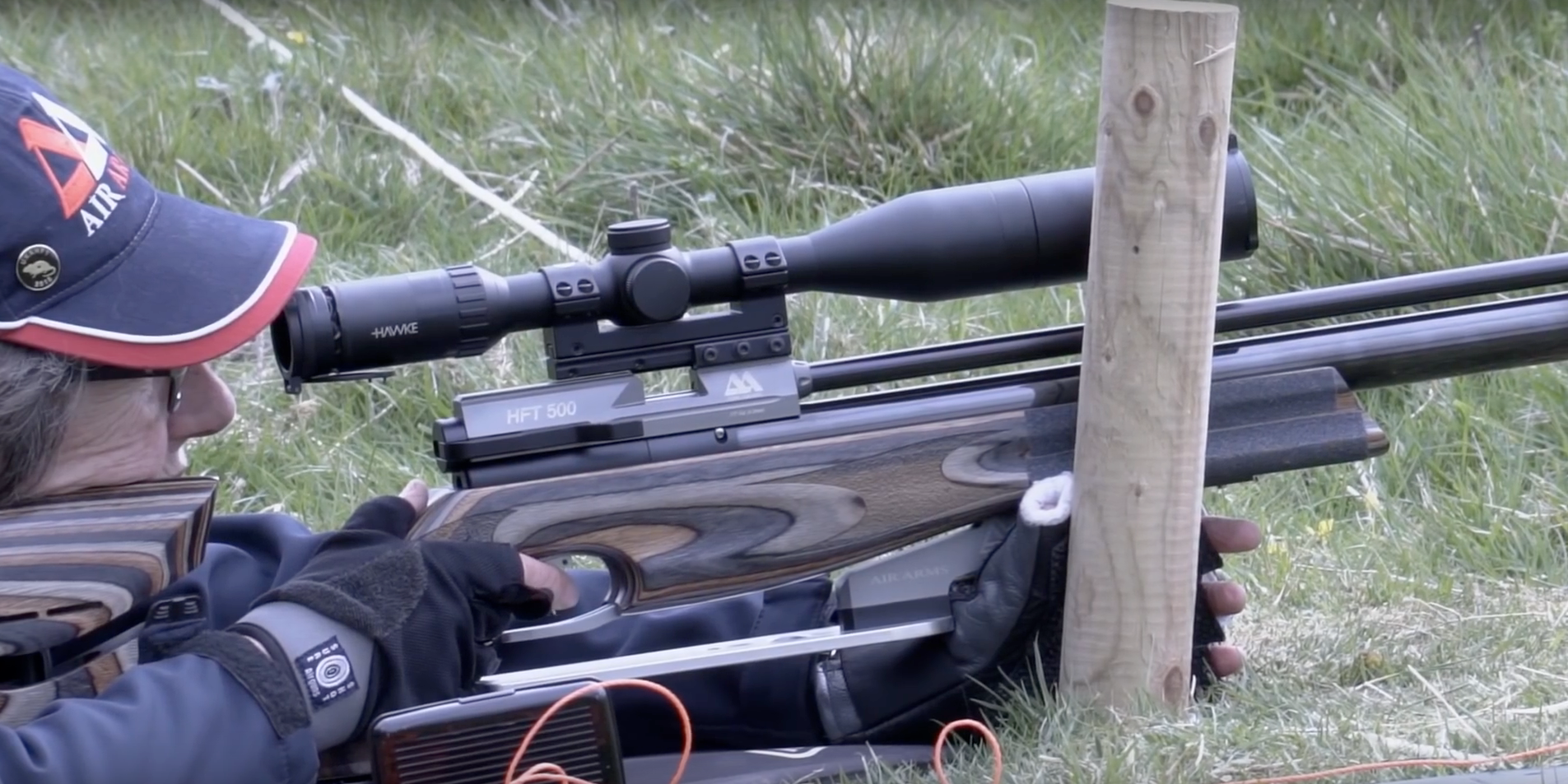 Final ThoughtsHunter Field Target challenges you to hone your shooting skills while navigating diverse terrain and varying target distances, not only sharpening your accuracy and focus but also fostering a sense of camaraderie among yourself and other enthusiasts. If you would like to learn more about the activities and events available to you and the air rifles we have to offer- please contact us today. From small game hunting to general backyard plinking, here at Air Arms, we have the perfect air rifle to fit your needs and a team of experts who would love to help you start your shooting journey. |
|